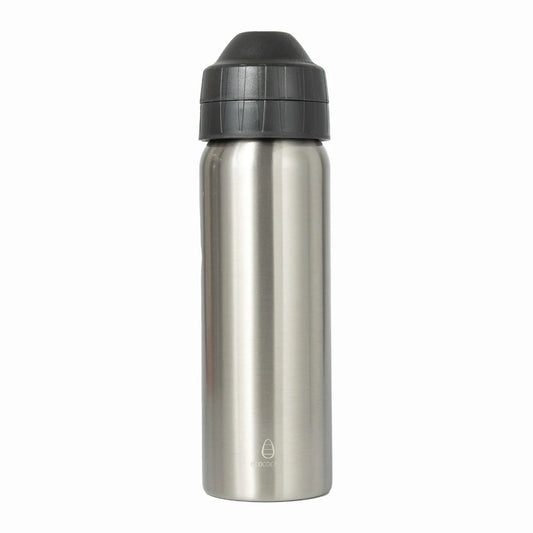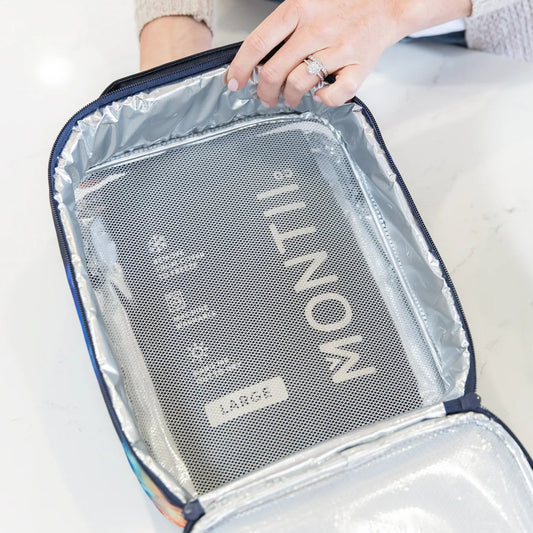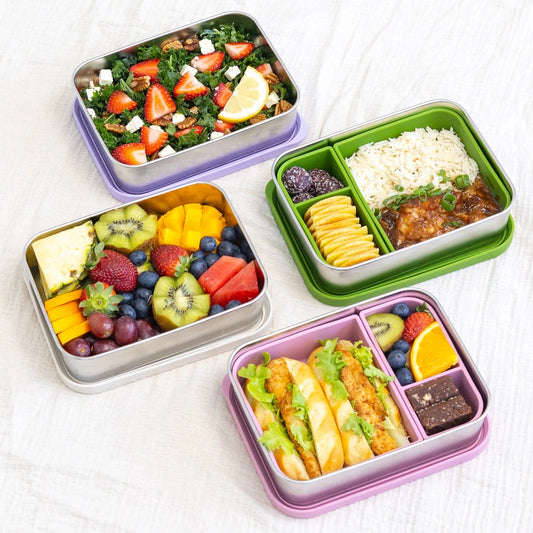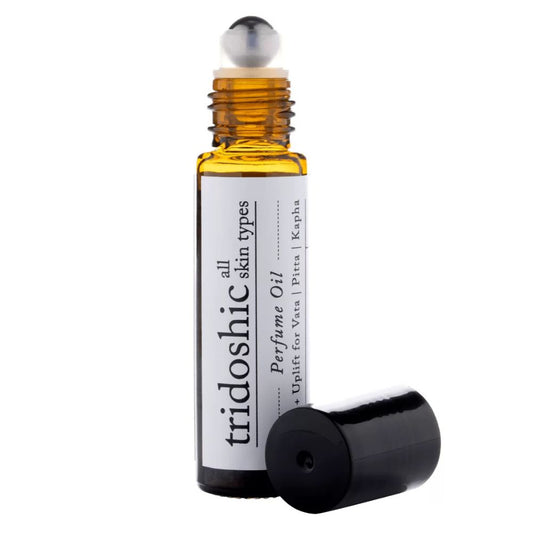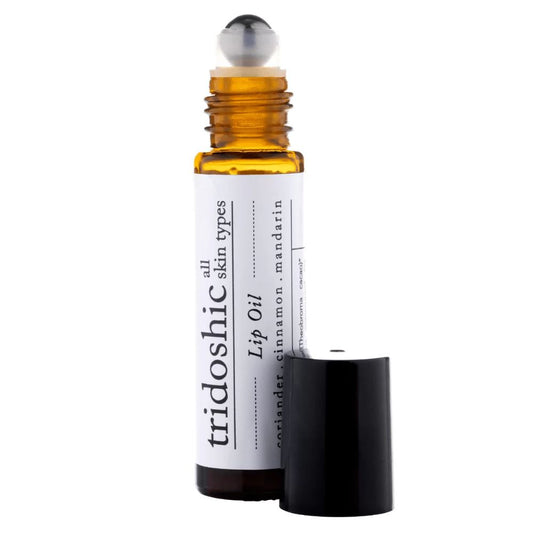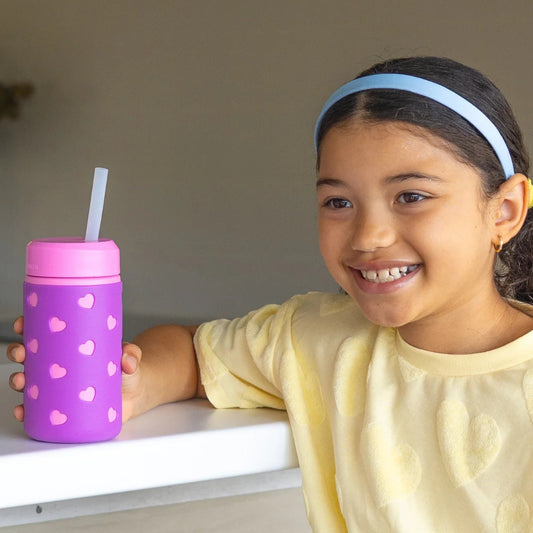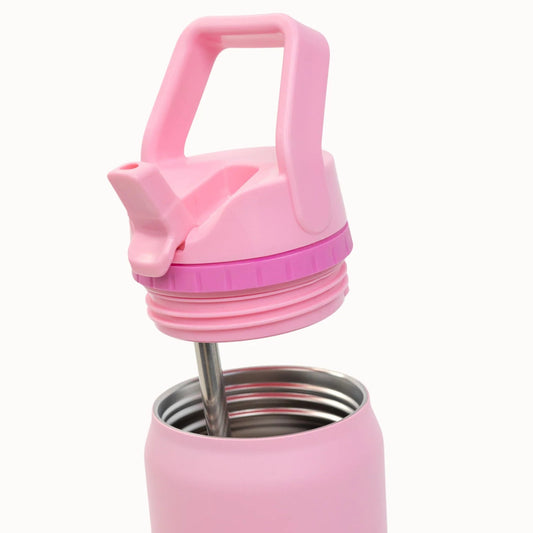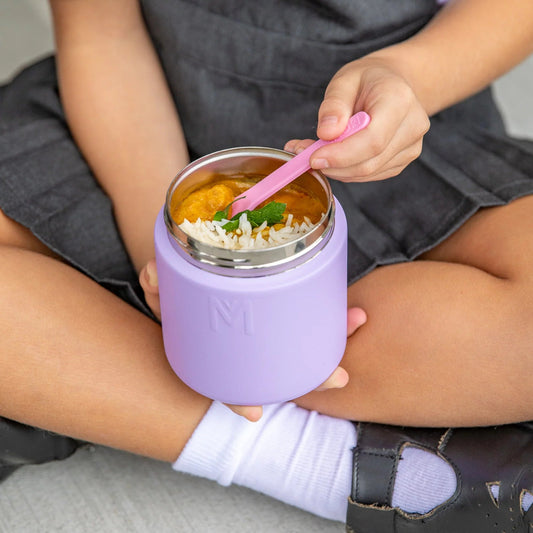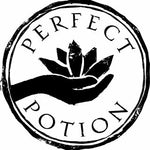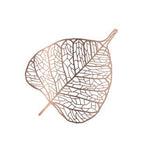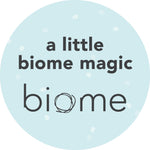
Are you feeling sick (literally) when you open a load of finished washing and instead of a fresh, crisp scent, it's a chemical fog, a musty tang, or just a disappointing whiff of “meh.”
You’re not imagining it — even after washing with fabric softener or in-wash scent boosters, a lot of laundry still smells off.
The irony? These products aren’t helping. In many cases, they’re the root of the problem — layering synthetic fragrances and softeners that build up on fabric and trap bacteria, sweat, and odour.
If you’re wondering why your clean clothes still smell bad, or why your favourite hoodie reeks like cheap cologne, you’re not alone. Thousands of Australians are typing into search engines:
Why does my clean laundry smell bad? Why do my clothes smell like chemicals?
The truth behind synthetic fragrances in laundry
Most mainstream laundry detergents and scent boosters don’t actually clean your clothes better—they just coat them in synthetic fragrances designed to smell like clean. And it turns out, you get fabric softener build-up, perpetuating the problem, and our reliance on them!
But that smell? It’s often a mix of artificial musks, petrochemical residues, and allergens.
Even worse, many of these compounds don’t wash out. They cling to your clothes, your skin, your sheets, and your lungs. Common complaints include:
- Headaches or migraines after folding laundry
- Sneezing fits or skin rashes after wearing "fresh" clothes
- A greasy or filmy residue on fabrics from softeners or scent beads
One user on a health forum described the issue perfectly:
"I want my clothes to smell clean, but not like a toxic cloud. Most detergents make me nauseous, even the 'sensitive' ones."
Why clothes washed with fabric softener can still smell bad
1. Build-up of chemical residues
Synthetic softeners (especially those with quaternary ammonium compounds or silicones like dimethicone) don’t rinse out fully. They coat fabric fibres — not just softening, but sealing them. Over time, this build-up can trap:
- body oils
- sweat
- bacteria
- mildew (especially if damp clothes sit too long)
Result? Clothes that might look clean but carry a lingering “off” odour — sour, stale, or slightly musty.
2. Fragrance doesn’t equal clean
Most synthetic fragrances mask odours rather than neutralising them. Once the artificial scent wears off, any residual odour from insufficient rinsing, detergent build-up, or mildew can resurface. What’s worse: chemical fragrances often mix poorly with existing smells — leading to a strange combo of “floral lemon funk” or “spicy mildew.”
3. Bacterial resistance
Because some fabric softeners leave a waxy layer, they can actually make fabrics less breathable. This creates a moist, low-airflow environment — ideal for bacteria to grow, especially in gym gear or underwear. These microbes can produce volatile compounds that smell — no matter how floral the fragrance.
4. Fragrance sensitivity = Perception of “bad smell”
Even if others don’t smell it, fragrance-sensitive people might describe the scent as “bad” — meaning cloying, overpowering, or chemically offensive. Words used by survey participants and forum users include:
- “plasticky”
- “headache-inducing”
- “nauseating”
- “like a department store perfume aisle”
5. Over-scenting causes olfactory fatigue
When every product — detergent, softener, booster — layers different fragrances, your nose can become overwhelmed or desensitised, know as fragrance overload. The resulting smell can feel flat, stale, or simply “off.” Worse, some combinations (like coconut and musk) clash and create a funky synthetic blend that smells fake or sour.
In short: the scent you thought was making your clothes fresh may actually be doing the opposite.
On the flip side: fragrance-free that smells like nothing
Of course, you can go the fragrance-free route. Plenty of people do—especially those with eczema, asthma, or allergies.
Your clothes come out clean. But they smell kind of neutral. And after sitting in a drawer for a week? Sometimes musty.
So where’s the middle ground?
INTRODUCING
A natural laundry rinse that actually smells clean: Biome Essential Oil Laundry Rinse
We created our Laundry Rinse for exactly this reason: to bring back natural laundry scent without the chemicals.
It’s made with 100% pure Australian plant essential oils:
- Lemon Myrtle (fresh and citrusy)
- Lemon Eucalyptus (cleansing and crisp)
- Bush Balm Mint (green and clean)
- Sweet Orange and Lemon (bright and uplifting)
This isn’t artificial "Spring Breeze". It’s more like crushed citrus leaves after a summer rain.
Why it works
We’ve been trained by big-brand marketing to believe that laundry should smell like fantasy—coconuts, musk, or some vague “temptation.” But clean doesn’t need a scent. And definitely not a synthetic one in every wash. In reality, these toxic laundry ingredients often mask residue or odours—and the more we use them, the more we depend on them.
Biome’s rinse breaks the cycle.
- No fragrance overload = no headaches, no rashes, no weird after-smell
- Safe for sensitive skin = ideal for baby clothes, eczema, and allergy-prone households
- No petrochemical coating = your fabrics stay breathable, soft, and genuinely clean
- No fabric softener build-up
- Aromatherapy-grade essential oils = light scent that actually makes laundry a joy
Just mix a few drops into water or white vinegar and add it to your rinse cycle.
Or pop 2–3 drops onto a wool dryer ball for that final burst of freshness.
What our testers said
"I can enjoy the smell of clean clothes without the migraine."
"I can't stand the plasticky perfume smell. This is crisp and light, and doesn’t irritate my skin."
"Smells fresh, not fake."
How to use
- Mix 5–10 drops into ¼–½ cup water, white vinegar or some bicarb soda. Front loaders need less than top load machines. Alternate using vinegar, so it is not in every wash.
- Pour into your machine’s fabric softener compartment
Other uses
- Put some drops of oil into the little cotton bag with your soap nuts
- Add 2–3 drops on a wool dryer ball before tumble drying
A little goes a long way. Each bottle lasts dozens of loads.
⚠️ Safe essential oil & vinegar use in the laundry
Essential oils must never be added undiluted to the plastic detergent drawer, machine drum, or directly on fabrics. They should always be mixed with water, white vinegar, detergent, or bicarb soda (baking soda) to avoid residue buildup, stains, or damage to rubber seals or machine filters.
Concentrated oils like clove, cinnamon, oregano, or orange may cause spots or stains, especially on lighter fabrics. It is best to use clear oils like lavender, tea tree, lemon, and eucalyptus.
White vinegar helps dissolve buildup, soften fabrics, and remove soap residue in your machine. Australian Cleaning guru Shannon Lush and others advocate using vinegar in your wash.
Always spot test first, especially on delicates like wool or silk.
Related reads
The Fragrance Headache: How to Avoid The Toxic Effects of Synthetic Fragrance
A Gentle Caress of Plastic - What's Really in Your Cuddly Fabric Softener
Fragrance Your Home Naturally With Pure Essential Oils
Is Your Perfume Making Menopause Worse?




